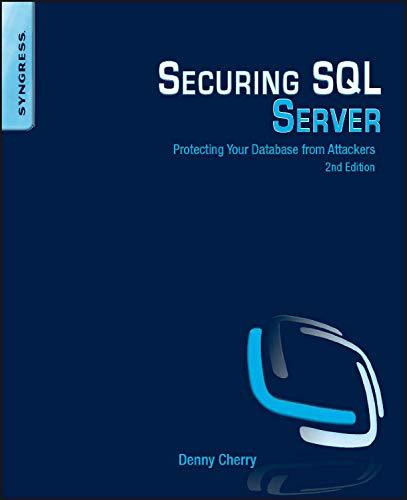
An example of one of the outputs:

Write a C++ program that reads from a file specified in the command line as an argument. The program should read from the file words until the end of file. In case the file is empty, print out on a new line the message "File is empty." and then exit. However, if no file name is provided, the program should print on a new line "NO SPECIFIED INPUT FILE NAME.", and exit. If the file cannot be opened, print on a new line "CANNOT OPEN THE FILE ", followed by the file name, and exit. A word is defined as a sequence of one or more non-whitespace characters separated by whitespace. The program should recognize words that represent integer numbers, fixed-point numbers and special names. An integer is defined as a word that starts by a digit, or a sign (i.e., - or +) followed by a digit, that may be followed by zero or more digits. A fixed-point number is defined as a word that starts by a digit, or an optional sign followed by a digit, and followed by zero or more digits, a decimal point (i.e., a dot) and one or more digits. For example, "0.4", "2.5", "-3.75" are valid fixed-point numbers, but "5.", ".8", "5.6.7" are not valid fixed-point numbers. A special name is defined as a word that starts by ' $ ' and followed by a letter which may be followed by zero or more letters, digits or underscores. For example, \$value, \$num_234_ten, and are valides, but \$9val, and $ _num are not. The program should count and display the number of recognized integers, fixed-point numbers and special names. Then the program should display the value of each word category and the number of occurrences of that word. The program should print out the results according to the format and order given by the example below, as the list of integers first, followed by the list of reals second, then the list of special names third. Hint: You can create a simple directory for each kind of words (integers, fixed-point numbers, names) using the container, where the key is a number or a name, and the value is the number of its occurrences. Number of integers in the file: 2 Number of reals in the file: 2 Number of special names in the file: 10 List of integer values and their number of occurrences: 10:1 56:1 List of real values and their number of occurrences: 0.25:1 2.5:1 List of special names and their number of occurrences: \$barney: 2 \$fred: 3 \$sum: 4 \$total: 1








